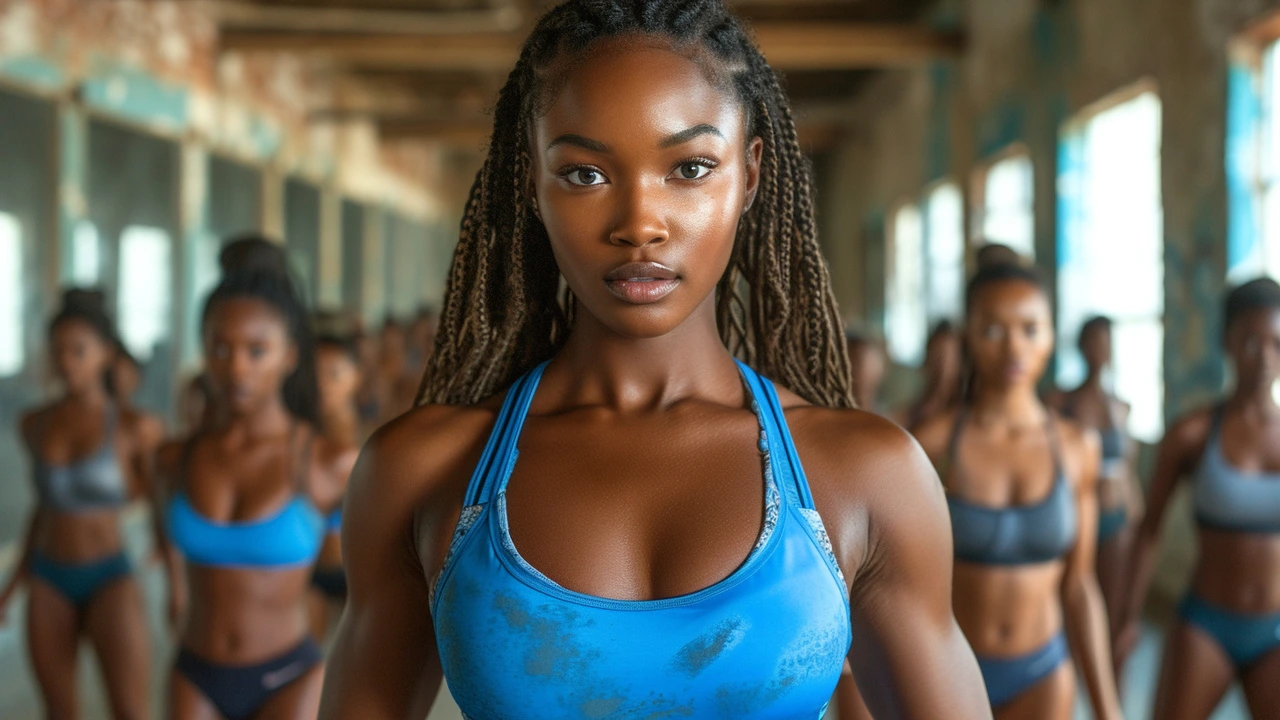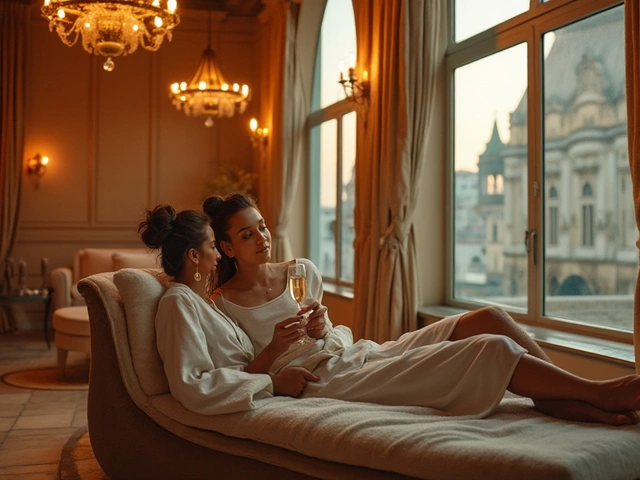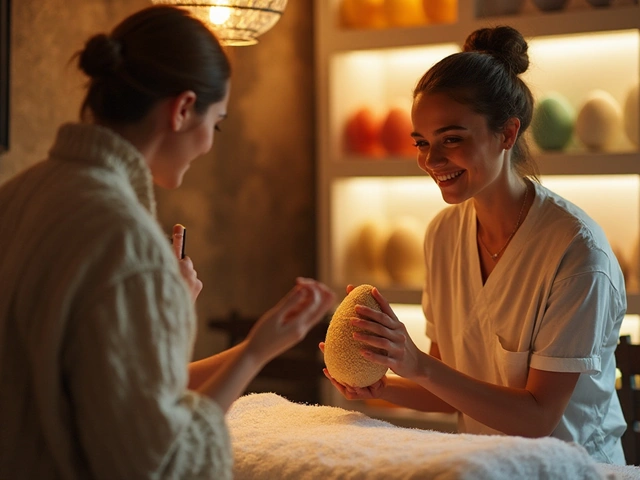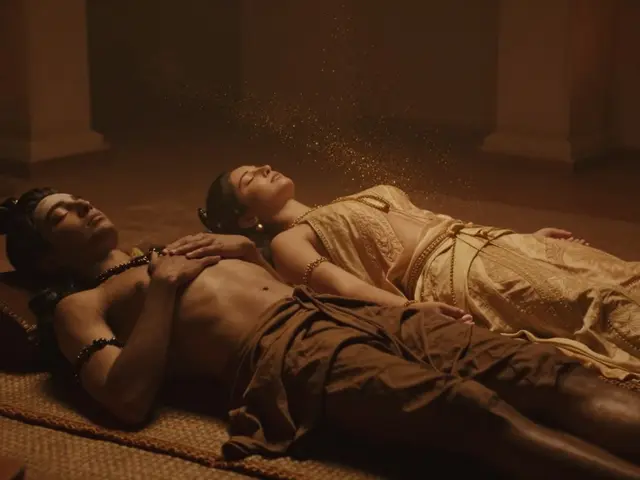The Profound Impact of Dance on Physical Fitness
Diving into the world of dance as a means to bolster physical fitness opens up a wellspring of benefits that might not be immediately apparent. At its core, dance is a physical activity that demands a lot from the body – the perfect concoction of movement, strength, and endurance. But it transcends the typical gym workout by integrating rhythm, expression, and joy into the mix. This harmonious blend enhances cardiovascular health by keeping your heart rate up, an essential factor for those looking to improve their stamina and endurance. But it doesn’t stop there. Dance pushes your muscles to engage in ways they’re not accustomed to, promoting muscle strengthening across diverse groups, including those often overlooked in standard workouts.
Fascinatingly, the benefits of dance extend beyond the physical to touch on mental health as well. The process of learning choreography stimulates cognitive functions, boosts memory, and reduces stress, proving that its impact is comprehensive. Moreover, dance fosters a unique form of self-expression and creativity, enriching the practitioner's life beyond just physical fitness. For those uninitiated, starting with private dance routines provides a safe, personalized space to explore this art form without the self-consciousness that often accompanies group classes. It allows for the direct attention of an instructor to refine technique and form, ensuring a solid foundation is built for further exploration and growth.
Choosing Your Dance Style
The versatility of dance means there’s a style out there for everyone, irrespective of age, fitness level, or personal preferences. Perhaps the vibrant energy of salsa calls to you, or the grace and precision of ballet intrigue you. Maybe the contemporary styles that blend various dance forms resonate with your creative spirit. The key is to find a dance style that not only appeals to your taste but also aligns with your fitness goals. High-intensity styles like hip-hop or Zumba offer a rigorous cardiovascular workout, perfect for those aiming to shed calories and enhance stamina. In contrast, ballet or contemporary dance focus more on flexibility, balance, and strength, offering a comprehensive workout that challenges the body's full range of motion.
Experimenting with different styles is part of the fun and immensely beneficial in discovering what suits you best. Attending introductory classes or workshops can provide a taste of what to expect and help refine your preferences. Furthermore, understanding the physical demands of each style is crucial in selecting one that matches your current fitness level, ensuring a progressive yet safe improvement in your physical condition. Consulting with a dance instructor or fitness coach can provide personalized advice tailored to your needs, helping you embark on a dance journey that's both enjoyable and rewarding.
Setting up Your Private Dance Space
One of the beauties of private dance practice is the flexibility it offers in terms of space. You don’t need a professional studio to get started. With a few adjustments, a section of your living room, garage, or any available space at home can transform into your private dance studio. The essential requirements are ample space to move freely without the risk of injury and a suitable surface to dance on. Investing in a large mirror can significantly enhance your practice by allowing you to monitor your form and technique in real-time. Additionally, a good quality sound system or even a set of Bluetooth speakers is critical to ensure you can feel the music you’re dancing to, as rhythm and beat are integral to dance.
For those taking dance seriously, considering the flooring is essential. A slippery or overly hard surface can lead to falls or joint stress, respectively. Portable dance mats or temporary dance floors can provide a safe and suitable surface for those without access to professional flooring. Lighting, too, plays a part in creating an inspiring and motivating atmosphere. While setup depends largely on personal preference and available resources, the aim is to create a space that feels inviting and conducive to regular practice. The personalization of your dance space can also reflect your dance style and personality, making the practice even more enjoyable and special.
Incorporating Dance into Your Fitness Routine
Incorporating dance into your fitness regimen requires a blend of commitment, planning, and flexibility. To truly reap the benefits, consistency is key. Starting with two to three sessions a week can offer a significant boost in physical fitness, with each session ranging from 30 to 60 minutes based on your current fitness level and goals. It’s essential, however, to listen to your body and adjust accordingly to prevent overexertion and injury. Incorporating warm-up and cool-down sessions is non-negotiable; these prepare your body for the rigorous activity and aid in recovery afterward.
Tracking your progress is also vital. This might mean noting improvements in stamina, flexibility, or even emotional well-being. Over time, you might find yourself tackling more complex routines or extending the duration of your dance sessions. Integrating other forms of exercise can complement your dance practice, such as strength training for muscle building or yoga for enhanced flexibility and balance. Remember, the beauty of dance lies in its diversity and adaptability – it can be molded to fit your unique fitness goals and preferences. Embrace the journey, and let the rhythm lead your path to improved physical fitness and beyond.






